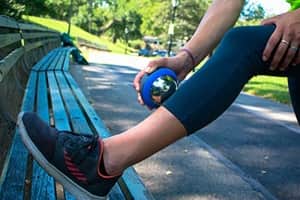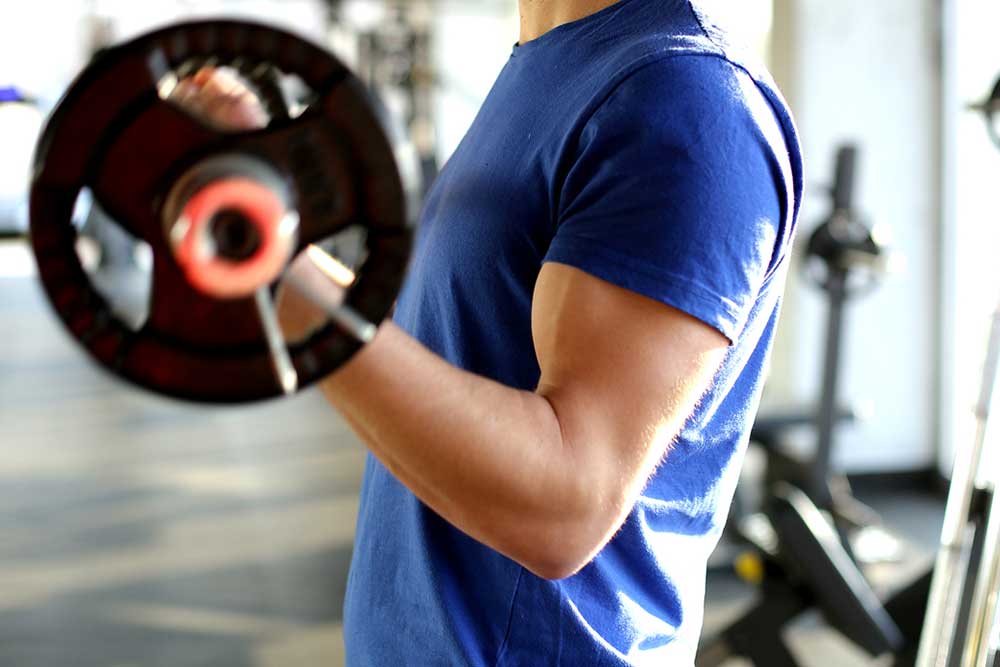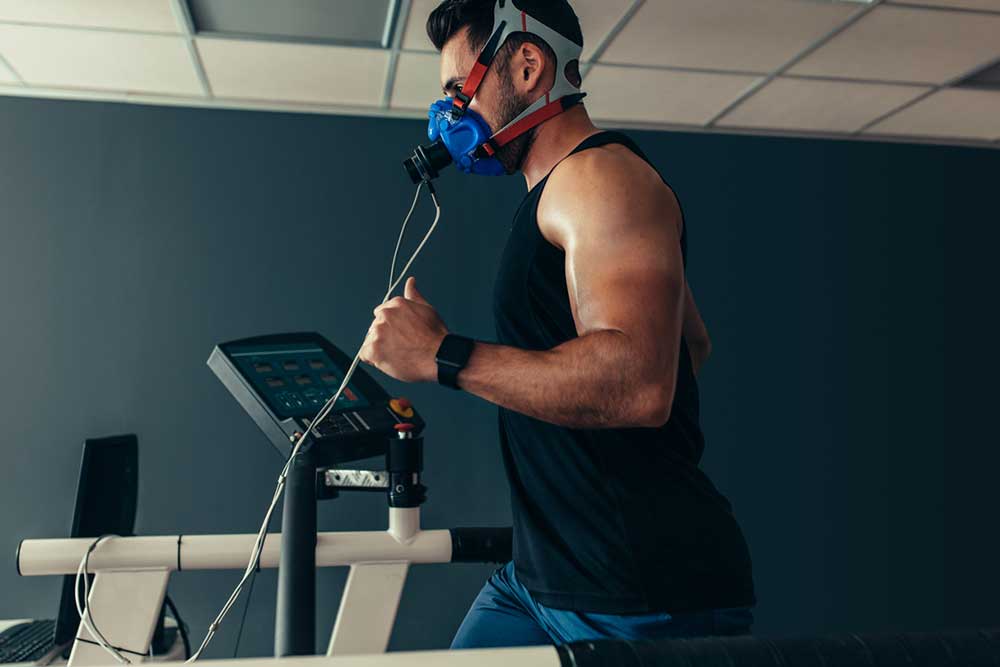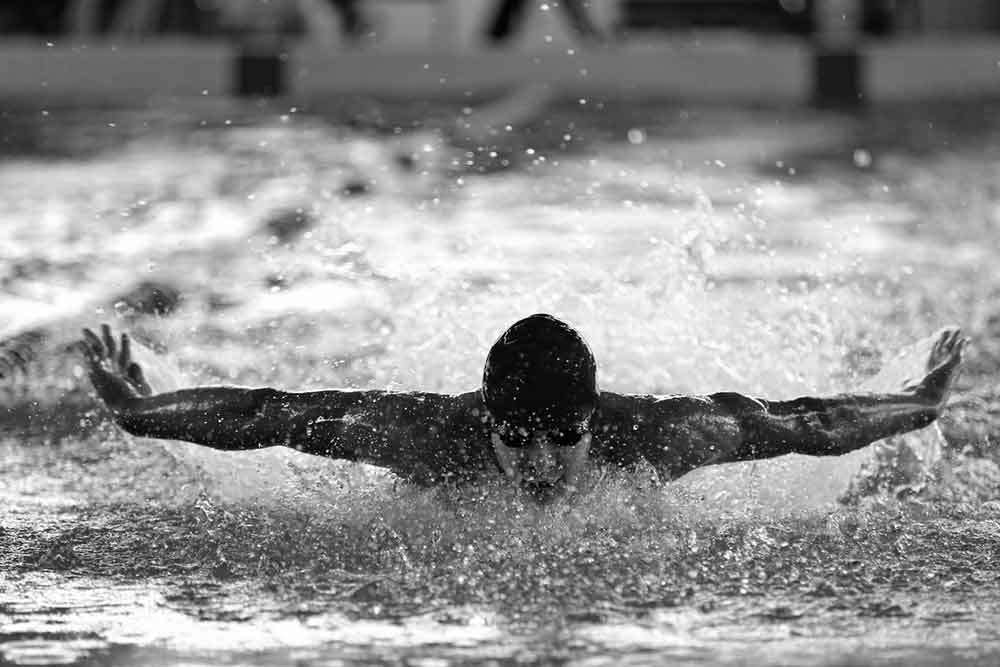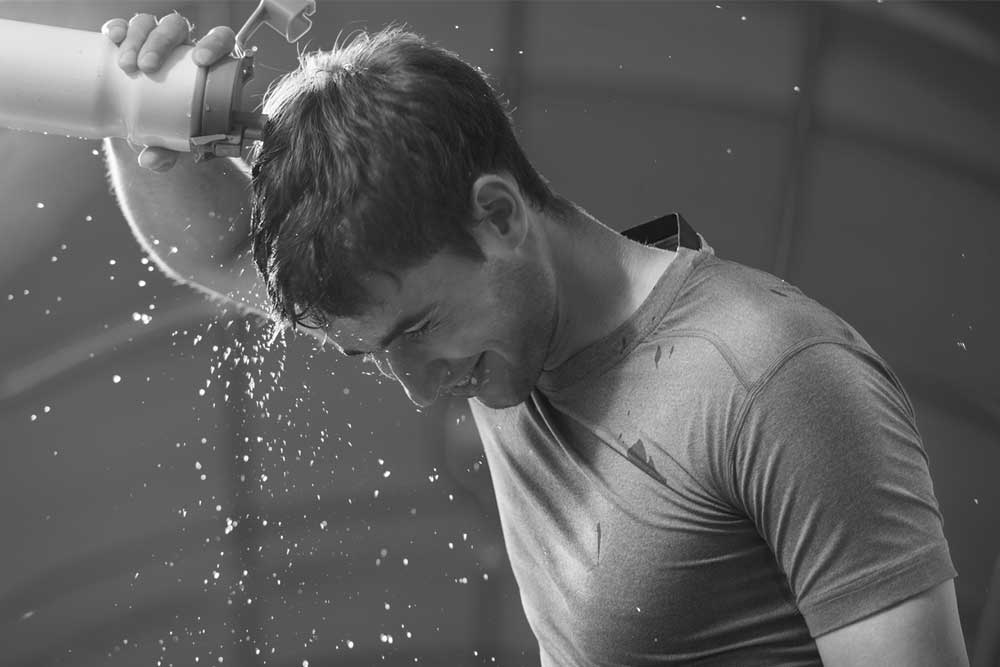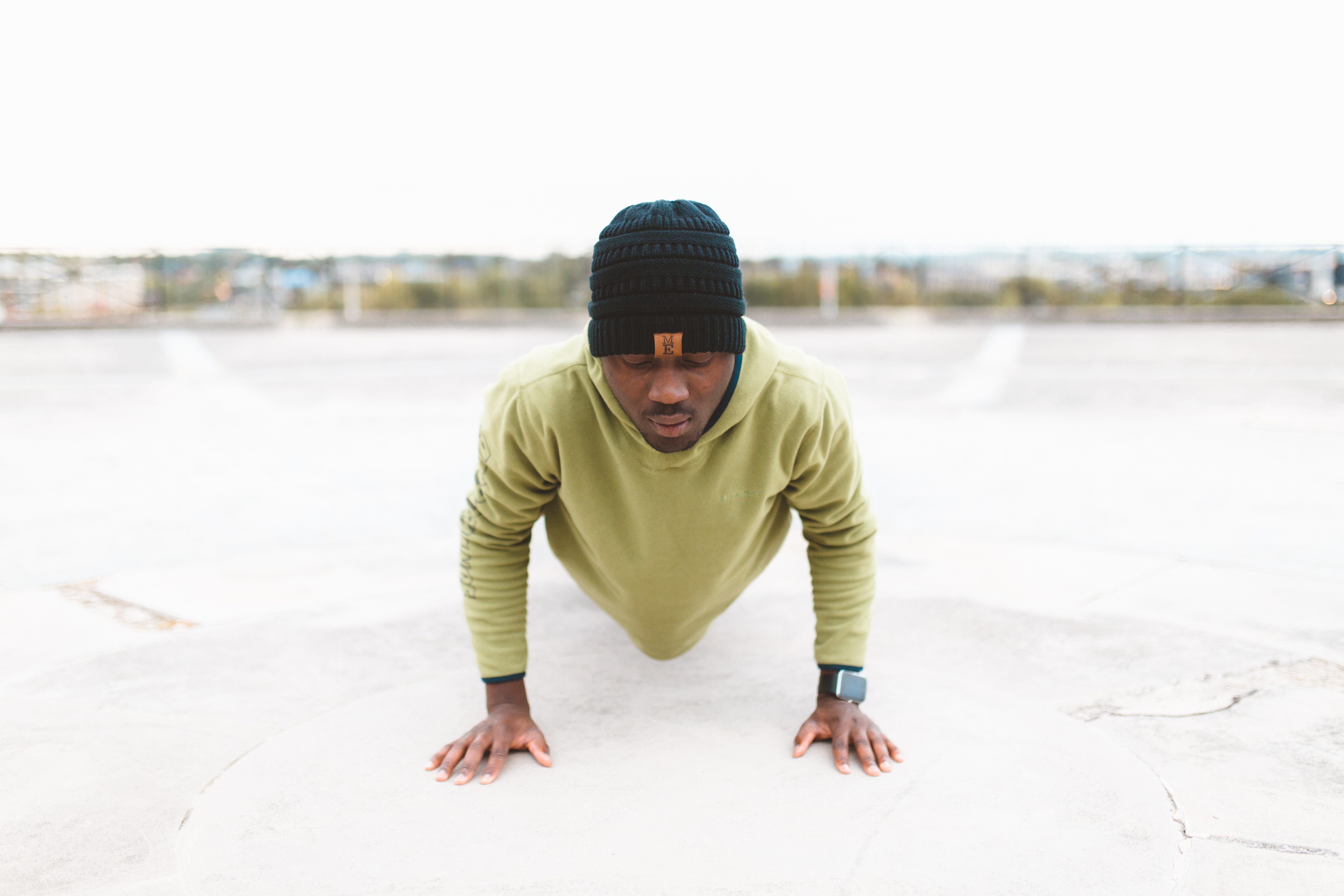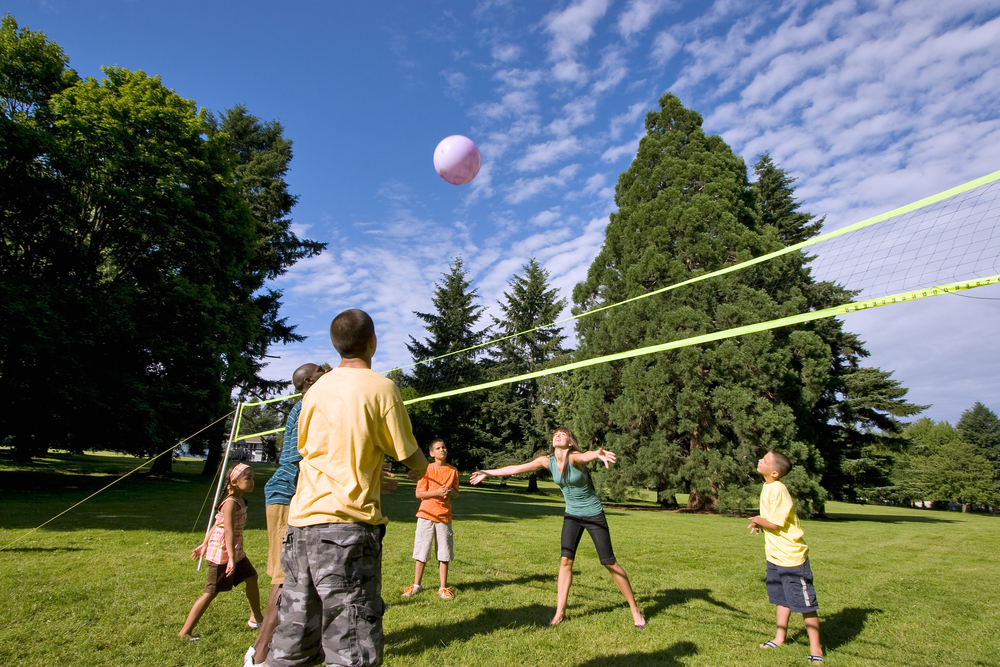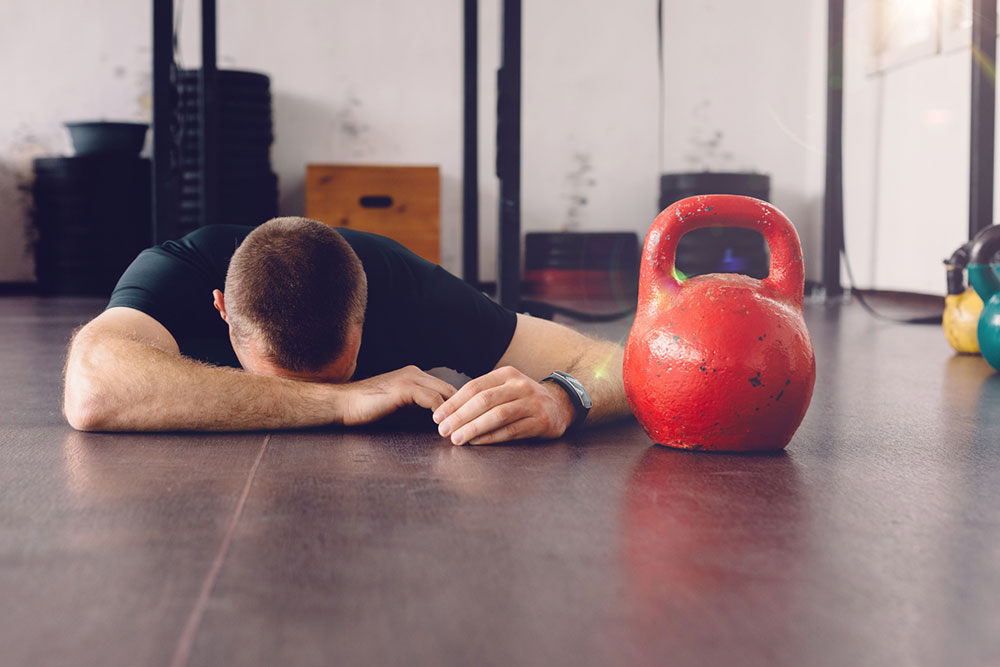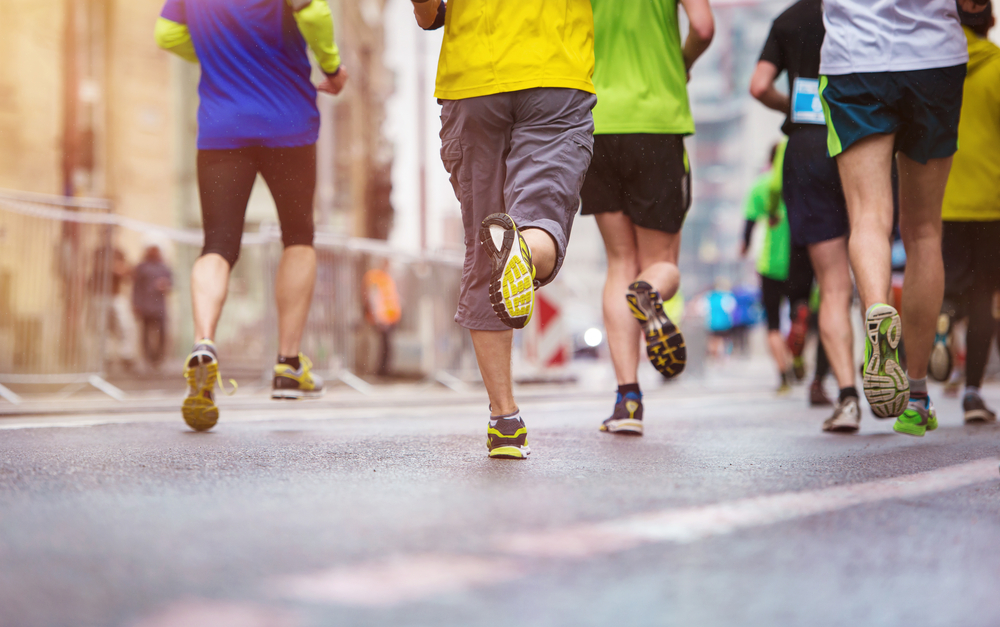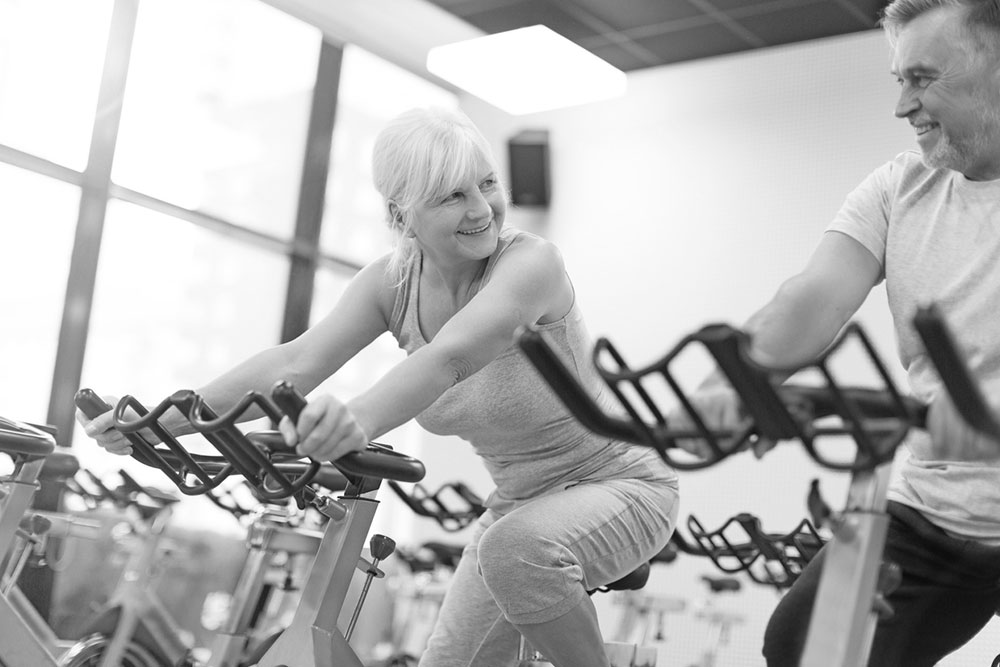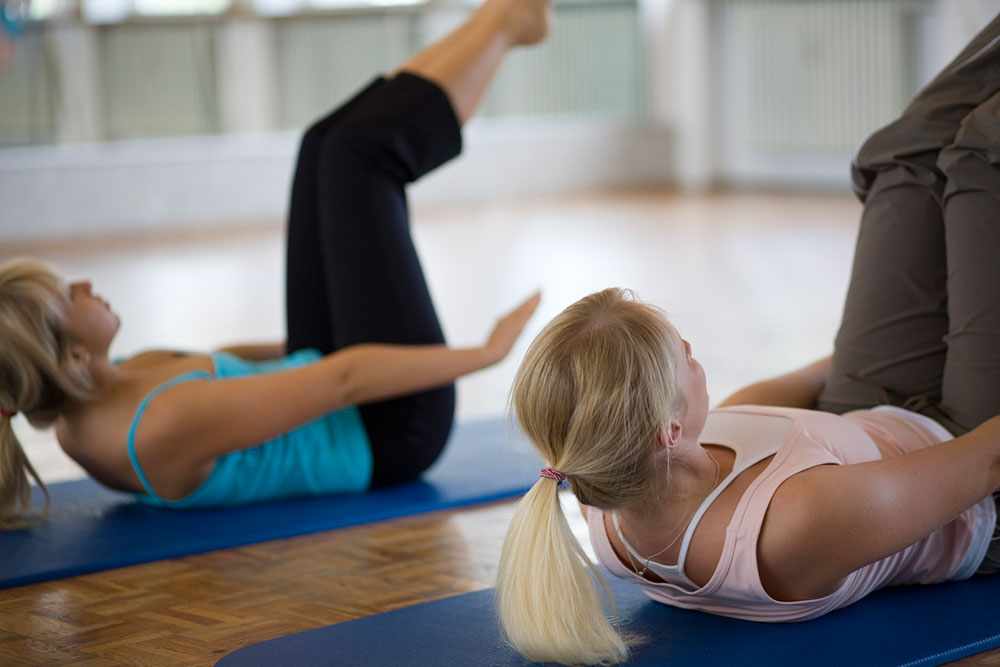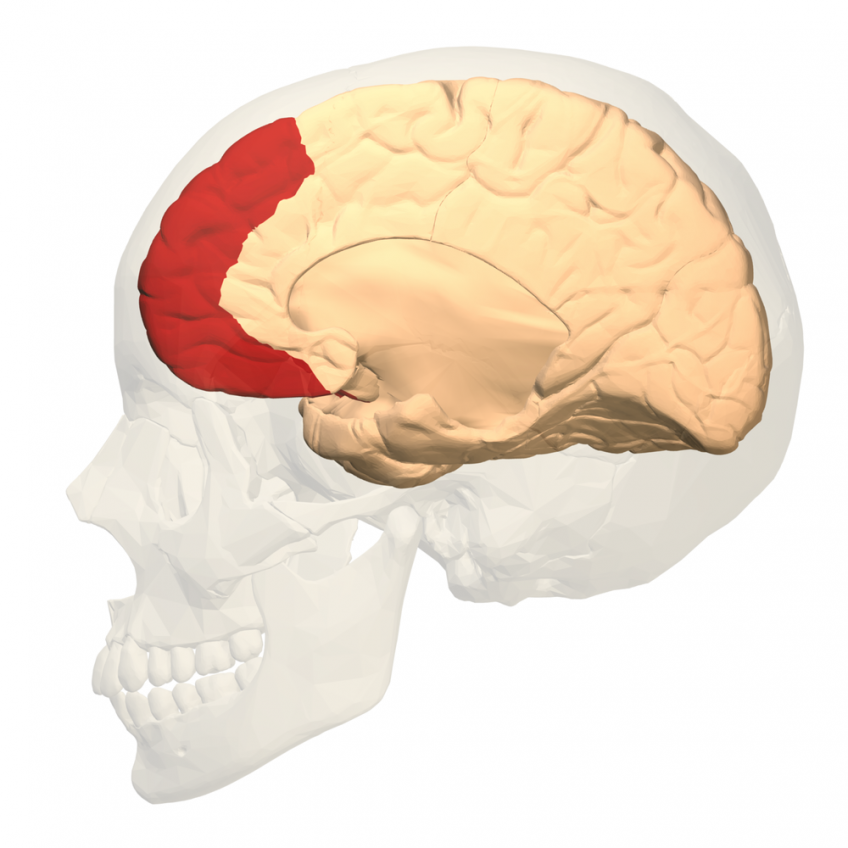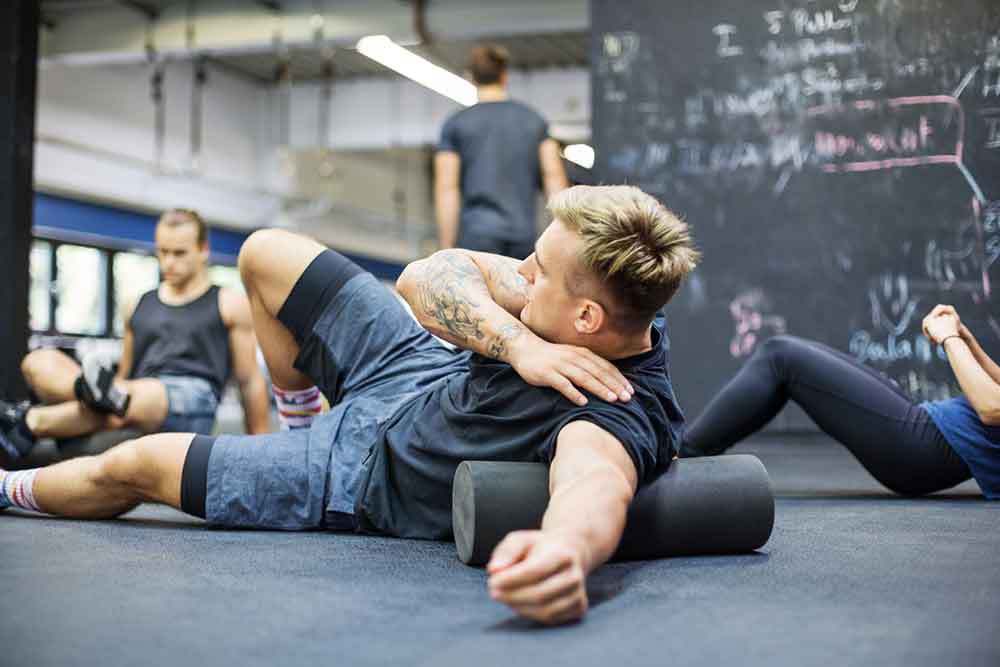Cold Water Immersion for Recovery: Friend or Foe?

For decades athletes and weekend warriors alike have been jumping into an ice bath or a cold shower after exercise to enhance recovery.
But what if I told you they might be doing more harm than good?
What is cold water immersion?
Before we jump into the nitty gritty surrounding cold water immersion (also known as CWI for short), I first wanted to provide some insight into what it actually is.
In short, CWI is a process that has you immersing your body in cold water (at a temperature below 59 degrees Fahrenheit) immediately after exercise to facilitate recovery.
It is important to note that while CWI can be implemented for less than 10 minutes, most protocols involve immersion of as much as the body as possible for anywhere between 11 and 15 minutes (Hohenauer, 2015).
While the most common form of CWI is an ice bath, you can also use cold showers, or even a pool filled with cold water.
What are the pros and cons of cold water immersion?
I alluded to the fact that while cold water immersion is one of the most common recovery modalities on the planet, they may not be all they are cracked up to be – and it comes down to two distinct questions.
Are ice baths good for recovery? And, are ice baths good for performance?
Which is exactly where we can start to tease out some of the pros and cons associated with CWI.
Pros of cold water immersion
It is well established that exercise results in fatigue of the muscular system. This is associated with physical damage to the muscle tissue, which in turn leads to a phenomenon known as ‘delayed onset muscle soreness’, or DOMS.
You know how you struggle to sit down after a heavy day of squats?
Yep, that’s DOMS.
Now, one of the primary reasons that we experience delayed onset muscle pain and soreness after exercise is because of an increase in inflammation within the muscles tissue. While muscle damage is indeed a factor, inflammation is what really creates a sensation of pain.
And this is where CWI comes into play.
By reducing inflammation within the muscle tissue, CWI has been shown to cause significant reductions in muscle soreness after exercise. Within this, people also generally report feeling better after CWI, further demonstrating that it can have some rather positive implications for recovery (Versey, 2013).
This means that if you partake in CWI after exercise, you will recover faster – and be ready to perform again sooner.
Related Article: The Truth About Cold Therapy And Recovery
Cons of cold water immersion
Considering that ice baths offer a great way to improve recovery, you might be wondering how they could possibly have any cons – and it again comes down to inflammation.
While inflammation is our primary driver for DOMS, it is important to note that it also serves another function – and an important one at that.
Inflammation is a powerful stimulus that tells your muscle tissue that it needs to adapt to training. In fact, if you didn’t get any inflammation after exercise, then you would not be able to grow bigger or stronger muscles (Roberts, 2015; Yamane, 2015).
With this in mind, using CWI after training has been shown to blunt the growth of muscle and the development of strength – almost rendering the training session itself useless.
So, when it comes to ice baths and strength training, it might be better to look elsewhere.
When is the best time to use cold water immersion?
Now, does this mean that we throw CWI out with the bath water (pun intended…)?
In short, no.
Or at least, I don’t think so.
Because ice baths and other forms of CWI do enhance recovery, they become extremely useful during periods of competition, where you have games on a weekly or daily basis. In this setting, they will ensure you are completely recovered before your next training session, and before your next competitive game.
This will increase performance – which, when your primary focus is winning, is important.
But this is not always the case.
In the pre-season or during any bye weeks, you are most likely going to be training to improve strength and fitness.
As a result, you should skip CWI completely.
Because CWI will blunt your desired training response, it will also limit your ability to become a strong, powerful, and fit human being.
Are there any alternatives to cold water immersion?
We now know that CWI does have a place in athlete recovery. However, we also know that it should not be used all the time.
But we need to remember that CWI is not our only recovery option.
In fact, we have a great option available to us that is easy to implement, simple to understand, and most importantly, free.
I am talking about active recovery.
Active recovery simply describes the participation in low-intensity exercise after completing a heavy workout or event. This could be something like a brisk walk, a very light jog, a casual bike ride, or even a nice swim.
The modality doesn’t matter, it just has to be easy.
Research has shown that performing around 15 minutes of active recovery immediately after exercise, and 20-30 minutes the day after, can enhance recovery and reduce muscle soreness as much as CWI (Dupuy, 2018).
And the bonus?
It does not appear to blunt your training response (Wiewelhove, 2018).
This suggests that a simple active recovery offers a much better option during periods of intense training. However; a combination of active recovery and CWI may be best during periods of competition or games.
Related Article: Ultimate Recovery Tool: Recoup Fitness Cold Roller
Take Home Message
Ice baths have long been considered the best mode of recovery after exercise. Recent research has shown that that also blunt the training response. This renders them useless during periods of intense training.
However, that does not leave us without options.
In fact, research has shown that performing a simple active recovery after exercise can have a similar effect on recovery as CWI, without impacting training adaptations.
References
Hohenauer, Erich, et al. “The effect of post-exercise cryotherapy on recovery characteristics: a systematic review and meta-analysis.” PLoS one 10.9 (2015): e0139028.
Versey, Nathan G., Shona L. Halson, and Brian T. Dawson. “Water immersion recovery for athletes: effect on exercise performance and practical recommendations.” Sports medicine 43.11 (2013): 1101-1130.
Roberts, Llion A., et al. “Post‐exercise cold water immersion attenuates acute anabolic signalling and long‐term adaptations in muscle to strength training.” The Journal of physiology 593.18 (2015): 4285-4301.
Yamane, M., N. Ohnishi, and T. Matsumoto. “Does regular post-exercise cold application attenuate trained muscle adaptation?.” International journal of sports medicine 36.08 (2015): 647-653.
Dupuy, Olivier, et al. “An evidence-based approach for choosing post-exercise recovery techniques. to reduce markers of muscle damage, soreness, fatigue, and inflammation: a systematic review with meta-analysis.” Frontiers in physiology 9 (2018): 403.
Wiewelhove, Thimo, et al. “Active recovery after high-intensity interval-training does not attenuate training adaptation.” Frontiers in physiology 9 (2018): 415.
You Might Like:


